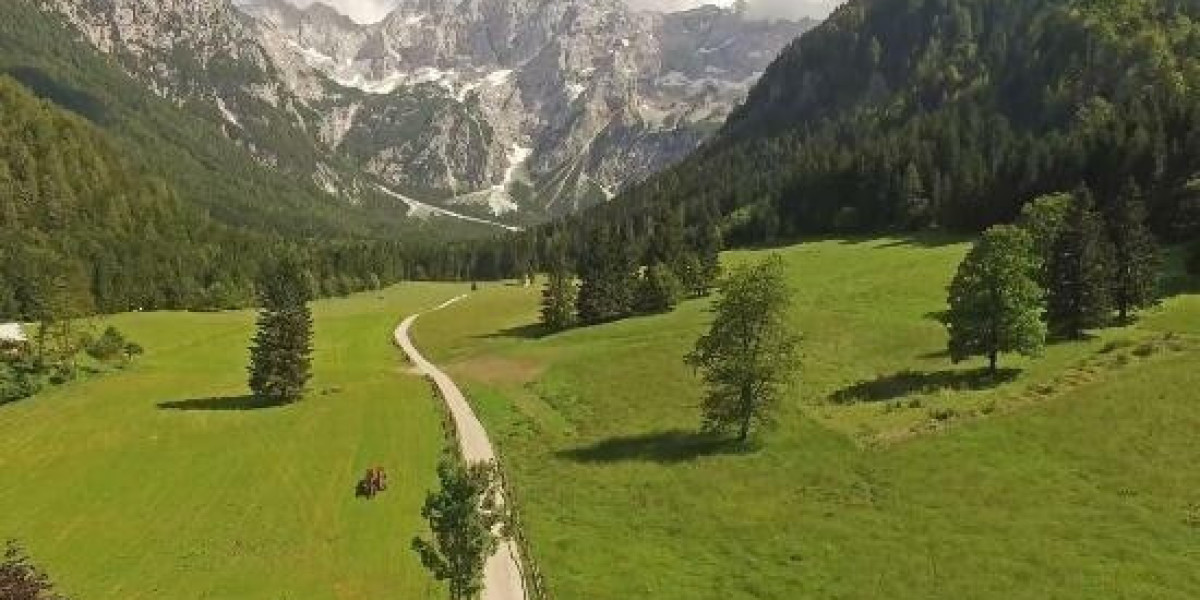
Constantly the biodiesel industry is trying to find some alternative to produce renewable resource. Biodiesel prepared from canola, sunflower and jatropha can replace or be combined with standard diesel. During first half of 2000's jatropha curcas biofuel made the headings as a popular and promising option. It is prepared from jatropha curcas, a plant species belonging to Central America that can be grown on wasteland.

Jatropha Curcas is a non edible plant that grows in the dry areas. The plant grows really quickly and it can yield seeds for about 50 years. The oil received from its seeds can be utilized as a biofuel. This can be blended with petroleum diesel. Previously it has been used two times with algae mix to fuel test flight of airlines.
Another favorable technique of jatorpha seeds is that they have 37% oil content and they can be burned as a fuel without refining them. It is also used for medical purpose. Supporters of jatropha biodiesel say that the flames of jatropha oil are smoke totally free and they are successfully checked for simple diesel engines.
Jatropha biodiesel as Renewable resource Investment has actually brought in the interest of lots of companies, which have actually evaluated it for automobile use. Jatropha biodiesel has actually been roadway evaluated by Mercedes and three of the cars and trucks have actually covered 18,600 miles by using the jatropha plant biodiesel.
Since it is since of some drawbacks, the jatropha biodiesel have actually ruled out as a wonderful renewable energy. The greatest problem is that nobody understands that exactly what the efficiency rate of the plant is. Secondly they do not understand how big scale growing might impact the soil quality and the environment as a whole. The jatropha curcas plant requires 5 times more water per energy than corn and sugarcane. This raises another issue. On the other hand it is to be noted that jatropha can grow on tropical environments with annual rainfall of about 1000 to 1500 mm. A thing to be kept in mind is that jatropha curcas needs appropriate watering in the first year of its plantation which lasts for years.
Recent survey says that it holds true that jatropha can grow on degraded land with little water and bad nutrition. But there is no evidence for the yield to be high. This might be proportional to the quality of the soil. In such a case it might require high quality of land and might need the very same quagmire that is dealt with by many biofuel types.
Jatropha has one primary downside. The seeds and leaves of jatropha are hazardous to people and livestock. This made the Australian government to ban the plant in 2006. The federal government declared the plant as invasive species, and too dangerous for western Australian agriculture and the environment here (DAFWQ 2006).
While jatropha has stimulating budding, there are number of research study obstacles stay. The significance of cleansing has actually to be studied since of the toxicity of the plant. Along side an organized study of the oil yield have to be undertaken, this is really important due to the fact that of high yield of jatropha curcas would most likely required before jatropha curcas can be contributed considerably to the world. Lastly it is also really essential to study about the jatropha species that can make it through in more temperature environment, as jatropha is extremely much limited in the tropical climates.








